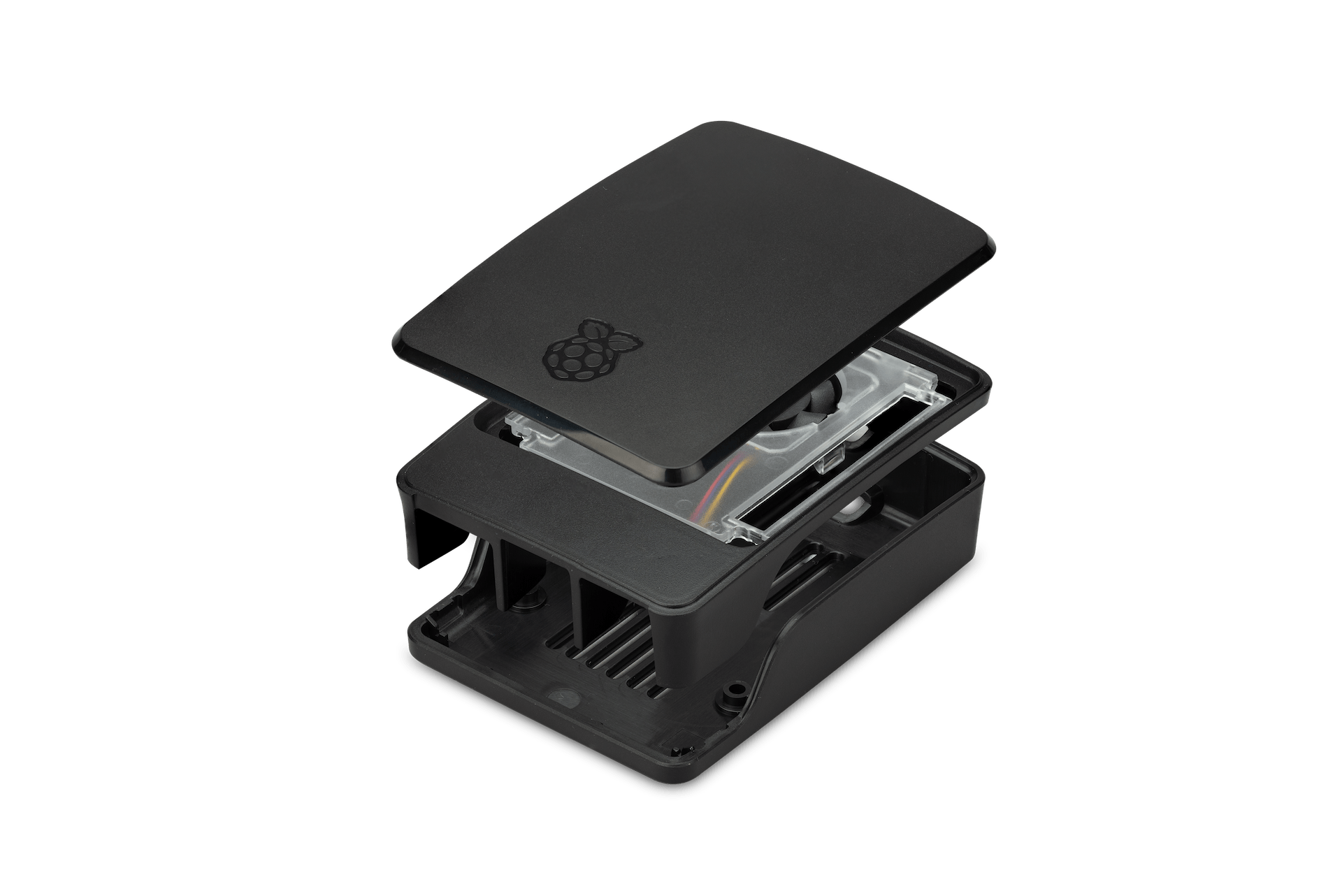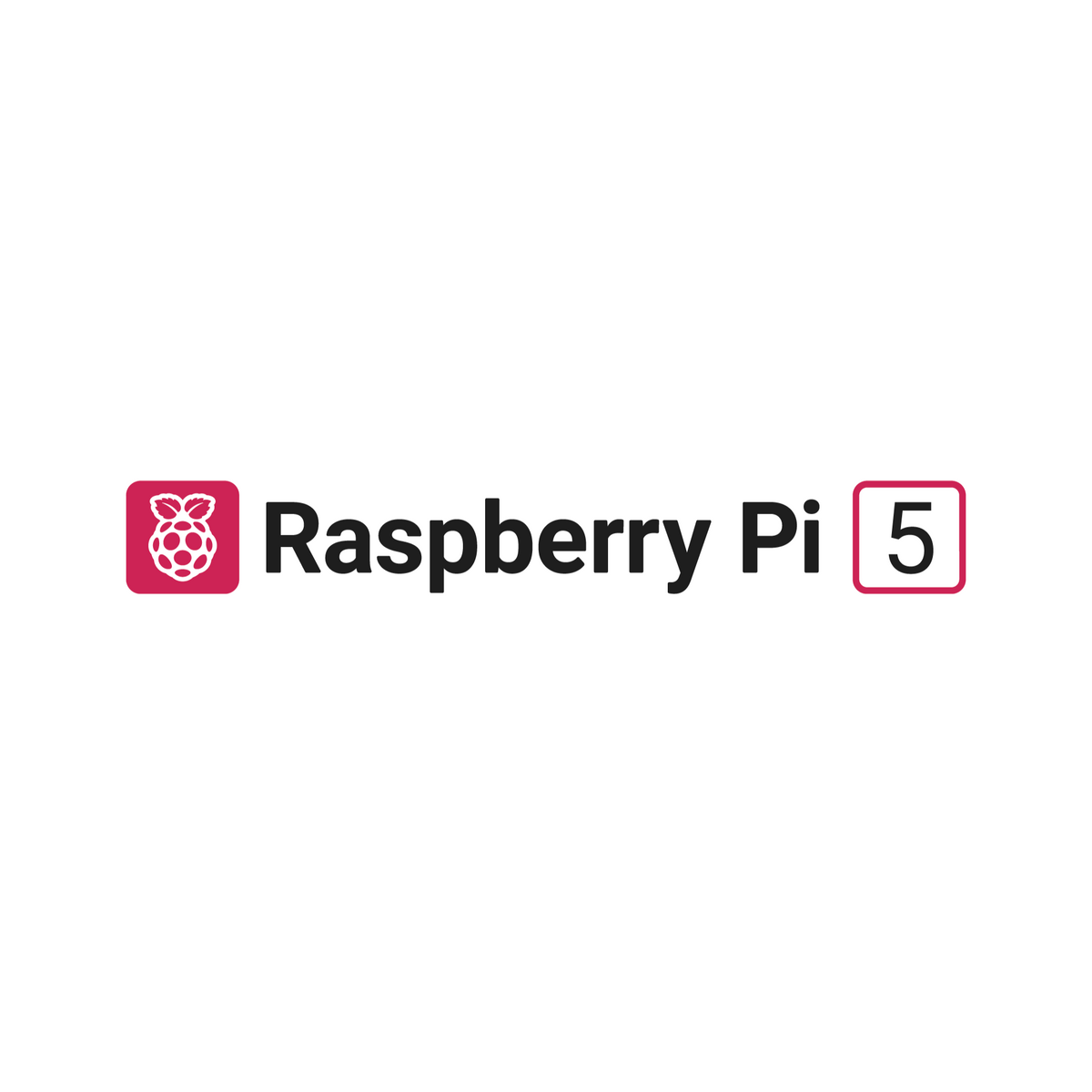Raspberry Pi RemoteIoT price is a critical factor for anyone looking to explore the world of Internet of Things (IoT). As IoT continues to revolutionize industries, understanding the cost and capabilities of Raspberry Pi in remote IoT applications is essential. This guide dives deep into everything you need to know about Raspberry Pi RemoteIoT, including pricing, features, and practical use cases.
Raspberry Pi has become a go-to solution for hobbyists, developers, and businesses alike, thanks to its versatility and affordability. With the growing demand for remote IoT applications, Raspberry Pi offers an accessible entry point for creating innovative solutions.
In this article, we will explore the intricacies of Raspberry Pi RemoteIoT pricing, its components, and how it can transform your IoT projects. Whether you're a beginner or an experienced developer, this guide provides valuable insights to help you make informed decisions.
Read also:Skymoviezhd In Your Ultimate Guide To Streaming Movies Online
Table of Contents
- Introduction to Raspberry Pi RemoteIoT
- Understanding Raspberry Pi RemoteIoT Price
- Key Features of Raspberry Pi for RemoteIoT
- Real-World Use Cases of Raspberry Pi RemoteIoT
- Setting Up Raspberry Pi for RemoteIoT
- Cost Breakdown of Raspberry Pi RemoteIoT Components
- Comparing Raspberry Pi with Other IoT Platforms
- Scalability of Raspberry Pi RemoteIoT Solutions
- Security Considerations for Raspberry Pi RemoteIoT
- The Future of Raspberry Pi in RemoteIoT
- Conclusion and Next Steps
Introduction to Raspberry Pi RemoteIoT
Raspberry Pi has emerged as a powerful tool for developing remote IoT solutions. Its compact size, low power consumption, and extensive community support make it ideal for a wide range of applications. The Raspberry Pi RemoteIoT price plays a significant role in its popularity, as it offers excellent value for money.
IoT applications powered by Raspberry Pi can range from home automation to industrial monitoring systems. Developers appreciate its flexibility, allowing them to customize solutions based on specific project requirements. Understanding the pricing structure and associated costs is crucial for budgeting and planning.
Why Raspberry Pi is Ideal for RemoteIoT
Raspberry Pi stands out in the IoT landscape due to its:
- Low cost
- Versatility
- Wide range of accessories and add-ons
- Extensive documentation and community support
Understanding Raspberry Pi RemoteIoT Price
When considering Raspberry Pi RemoteIoT price, it's important to factor in both the base hardware cost and additional components required for a complete solution. The base model of Raspberry Pi starts at an affordable price, but the total cost can vary depending on the specific use case.
Base Model Pricing
The Raspberry Pi 4 Model B, one of the most popular models for IoT applications, is priced competitively. Prices typically range from $35 to $55, depending on the memory configuration. Additional costs may include:
- Power supply
- MicroSD card for storage
- Enclosure for protection
- Wi-Fi and Ethernet connectivity modules
Key Features of Raspberry Pi for RemoteIoT
Raspberry Pi offers a robust set of features that make it suitable for remote IoT applications. Some of the standout features include:
Read also:Kai Bradbury Wikipedia The Rising Star In The Spotlight
Processor and Memory
The Raspberry Pi 4 Model B features a quad-core ARM Cortex-A72 processor, providing ample computing power for IoT tasks. Memory options range from 2GB to 8GB, allowing users to select the configuration that best suits their needs.
Connectivity Options
Raspberry Pi supports a variety of connectivity options, including:
- Built-in Wi-Fi and Bluetooth
- Gigabit Ethernet for wired connections
- USB ports for additional peripherals
Real-World Use Cases of Raspberry Pi RemoteIoT
Raspberry Pi RemoteIoT solutions have been deployed in various industries, showcasing its versatility and effectiveness. Some notable use cases include:
Home Automation
Raspberry Pi can be used to control smart home devices, such as lighting, thermostats, and security systems. Its ability to integrate with popular platforms like Home Assistant makes it an attractive option for home automation enthusiasts.
Environmental Monitoring
RemoteIoT applications powered by Raspberry Pi are ideal for monitoring environmental conditions, such as temperature, humidity, and air quality. These systems can provide real-time data to help make informed decisions.
Setting Up Raspberry Pi for RemoteIoT
Setting up Raspberry Pi for remote IoT applications involves several steps. Below is a guide to help you get started:
Step 1: Hardware Preparation
Ensure you have all the necessary components, including:
- Raspberry Pi board
- Power adapter
- MicroSD card with pre-installed operating system
- Enclosure
Step 2: Software Configuration
Install and configure the operating system, such as Raspberry Pi OS, and set up network connectivity. Consider using tools like SSH for remote access and configuring security settings.
Cost Breakdown of Raspberry Pi RemoteIoT Components
To better understand the Raspberry Pi RemoteIoT price, let's break down the costs of essential components:
Raspberry Pi Board
Pricing: $35 - $55
Power Supply
Pricing: $8 - $15
MicroSD Card
Pricing: $10 - $20
Enclosure
Pricing: $5 - $15
Comparing Raspberry Pi with Other IoT Platforms
While Raspberry Pi is a popular choice for remote IoT applications, it's essential to compare it with other platforms to ensure it meets your project requirements. Some alternatives include:
Arduino
Arduino is another popular platform for IoT projects, known for its simplicity and ease of use. However, it may lack the processing power and versatility of Raspberry Pi.
ESP32
ESP32 offers a cost-effective solution for IoT applications, with built-in Wi-Fi and Bluetooth capabilities. It may be a better fit for smaller, more focused projects.
Scalability of Raspberry Pi RemoteIoT Solutions
Raspberry Pi RemoteIoT solutions can be scaled to accommodate growing project requirements. Its modular design allows for easy integration of additional components, such as sensors and actuators. Additionally, its compatibility with cloud platforms enables seamless data processing and storage.
Security Considerations for Raspberry Pi RemoteIoT
Security is a critical aspect of any IoT solution. When working with Raspberry Pi RemoteIoT, it's important to implement best practices to protect your system from potential threats. Some security measures include:
- Regular software updates
- Strong password policies
- Firewall configuration
- Encryption of sensitive data
The Future of Raspberry Pi in RemoteIoT
As IoT technology continues to evolve, Raspberry Pi remains at the forefront of innovation. Its affordability, flexibility, and community support position it as a leading platform for remote IoT applications. Future developments may include enhanced processing power, improved connectivity options, and expanded compatibility with emerging technologies.
Conclusion and Next Steps
Raspberry Pi RemoteIoT price represents excellent value for anyone looking to explore the world of IoT. Its combination of affordability, versatility, and robust features makes it an ideal choice for both hobbyists and professionals. By understanding the costs and capabilities of Raspberry Pi, you can create innovative solutions that address real-world challenges.
We invite you to take action by:
- Leaving a comment with your thoughts on Raspberry Pi RemoteIoT
- Sharing this article with others who may find it useful
- Exploring other articles on our site for more insights into IoT and technology
Thank you for reading, and we hope this guide has provided valuable information to help you on your IoT journey.


